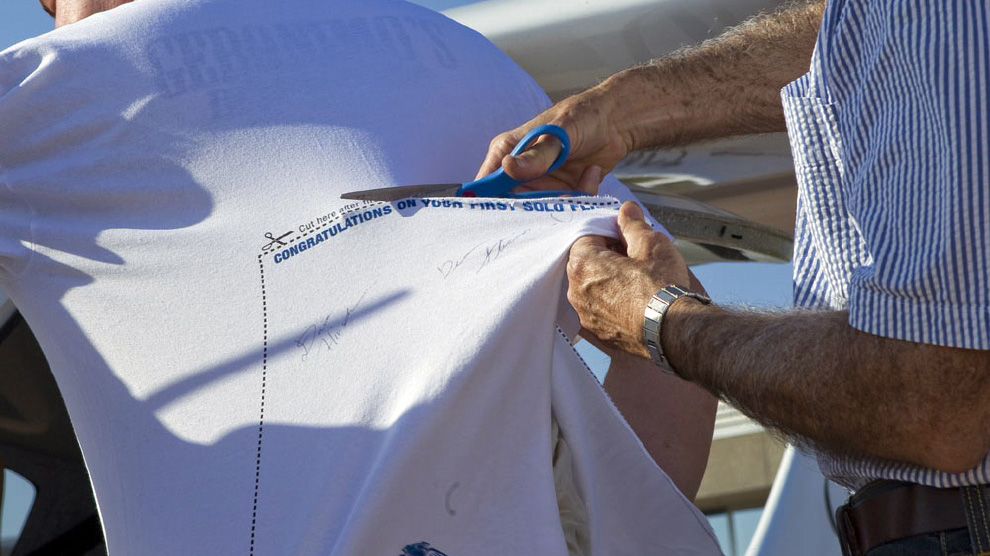Accident Analysis: Milestones
That’s one small step for a pilot…

Most of those whose eyes (and brains) struggled to resolve the grainy black-and-white footage of that first extravehicular activity into meaningful images of astronauts walking on the moon still recall where they were, who was with them, and how they felt.
At the risk of speculation, Neil Armstrong’s pilot’s log probably didn’t record any of his time on the lunar surface—after all, it wasn’t while the spacecraft was in motion with the intention of flight. (Maybe it went into the “notes” column: “EVA on lunar surface,” but contemporary descriptions of Armstrong’s character make that seem unlikely.) But every aviator’s logbook documents milestones of enormous significance to his or her individual development, global historical importance notwithstanding.
Leafing through them and the comments we—or our instructors—saw fit to record can put our subsequent careers into sharper perspective. If the CFI mentioned crosswinds on the entry for your first solo, they were presumably significant for a student pilot—meaning said flight instructor was confident of your ability to manage them. Checkrides stick in the memory even though the examiner’s comments tend to be limited to “satisfactory.” If you’re instrument-rated, you probably noted the weather at your destination the first time you flew a single-pilot approach in actual IMC. Have you flown into lower weather since? And if you don’t log conditions as a matter of routine, how challenging do they have to be before you now bother writing down details?
Plenty of other entries constitute milestones when viewed that way: a first flight as pilot in command carrying passengers, first landing at a notably challenging airport, or first 100 or 1,000 hours of time in type.
And there are others as well: This month, around 9 percent of our fellow aviators will celebrate a birthday. Your author will be among the one-tenth of one percent who’ll reach an age that’s an even multiple of 10 (and, no, it won’t be 100, but thanks very much for the compliment). Those of us who’ve been forced to acknowledge we’re no longer getting younger, smarter, more agile, or better-looking also should recognize that our logbooks chronicle what we’ve done, but usually not how well. Unlike athletes, whose performance trajectories are mercilessly recorded by scorecards or stopwatches, nothing documents whether we broke out 50 feet left of the localizer or touched down 200 feet beyond our target point. We have to muster the integrity to recognize any gap between any ingrained belief in our own abilities (“300 and one, 15-knot crosswind, yeah, been there and done that”) and our actual skills on the day of the flight.
The answer might be a pleasant surprise—but we owe it to ourselves and any passengers to pose the question.



